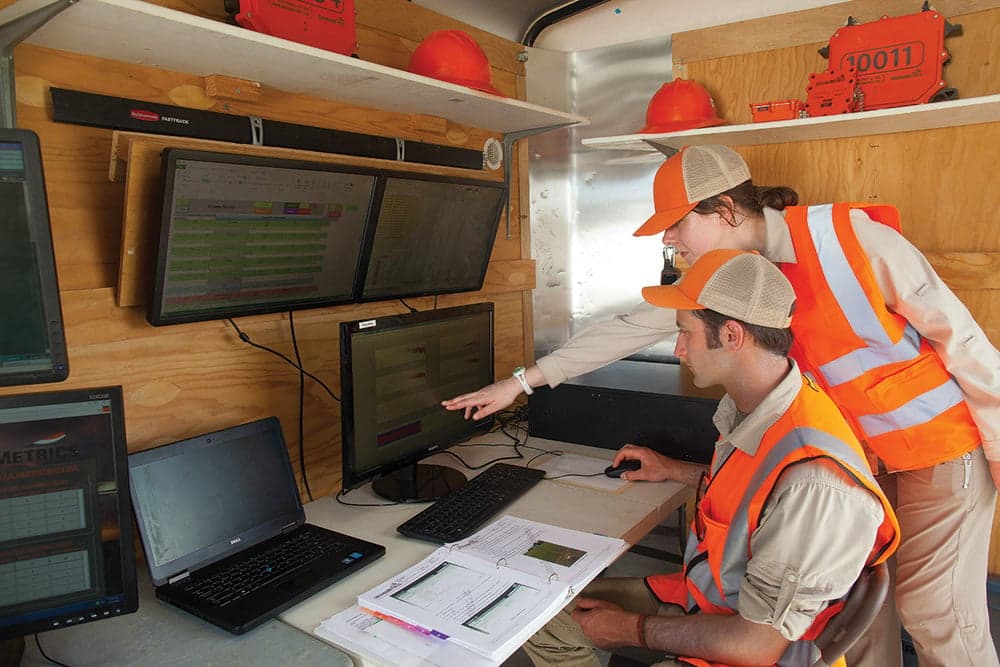Services companies are filling order books again and looking for workers, despite crude being worth half what it was three years ago. Technological advances are helping explorers find more pockets of riches, and to drill faster and frack smarter. This is why the Permian Basin in West Texas and New Mexico is the hottest game in town right now because its pancaked layers make it the easiest to drill. But while there is a general sense of relief in the oil patch that a recovery is gaining momentum, employees are worried, especially those who are middle-aged with no more than a high school education. Oil and gas workers have traditionally had some of the highest-paying blue-collar jobs, but the West Texas oil fields illustrate how difficult it will be to continue that trend. As in other industries, automation is creating a new demand for high-tech workers — sometimes hundreds of miles away in a control center — but their numbers don’t offset the ranks of field hands no longer required to sling chains and lift iron. Roughly 163,000 oil jobs were lost nationally from the 2014 peak, or about 30 percent of the total, while oil prices plummeted, at one point by as much as 70 percent, according to the New York Times. The job losses just in Texas, the most productive oil-producing state, totaled 98,000. Several thousand workers have returned to work in recent months as the price of oil has begun to rise again, but energy experts say that between a third and a half of the workers who lost their jobs are not returning. Many have migrated to construction or even jobs in renewable energy, like wind power. “People have left the industry, and they are not coming back,” said the New York Times, quoting an executive at Schramm, a Pennsylvania manufacturer of drilling rigs. “If it’s a repetitive task, it can be automated, and I don’t need someone to do that. I can get a computer to do that.” With the loss of manual jobs has come a transformation in the job force, with demand growing for more data analysts, math scientists, communications specialists and robotic design engineers. Much of the technology has been developed by the aviation and automotive industries, along with deepwater oil exploration, over more than a decade. But companies drilling on land were slow to adapt until oil prices crashed and companies needed to get efficient quickly or go out of business. All the big companies, and many smaller ones, have organized teams of technicians that collect well and tank data to develop complex algorithms enabling them to duplicate the design for the most productive wells over and over, and to repair valves and other parts before they break down. The result is improved production and safety, but also a far smaller workforce. Pioneer Natural Resources, one of the most productive West Texas producers, has slashed the number of days to drill and complete wells so drastically that it has been able to cut costs by 25 percent in wells completed since early 2015, said the New York Times. The typical rig that drilled eight to 12 wells a year just a few years ago now drills up to 16. Last year, the company added nearly 240 wells to its Permian Basin inventory without adding new employees. The faster operations, Pioneer executives say, are due in large part to more effective well planning and drill steering. Both have been made possible by the real-time computer connections between the rig and geoscientists at corporate headquarters and intense analysis of the data gathered at every well. image: northamericanshalemagazine.com/

Reshaping the Number and Type of Jobs in Shale: How Technology has Changed the Oil Industry
ADVERTISEMENT
ADVERTISEMENT
ADVERTISEMENT
